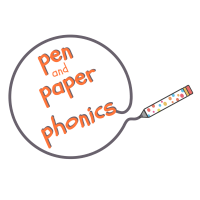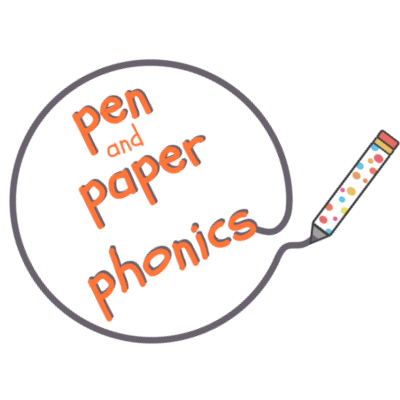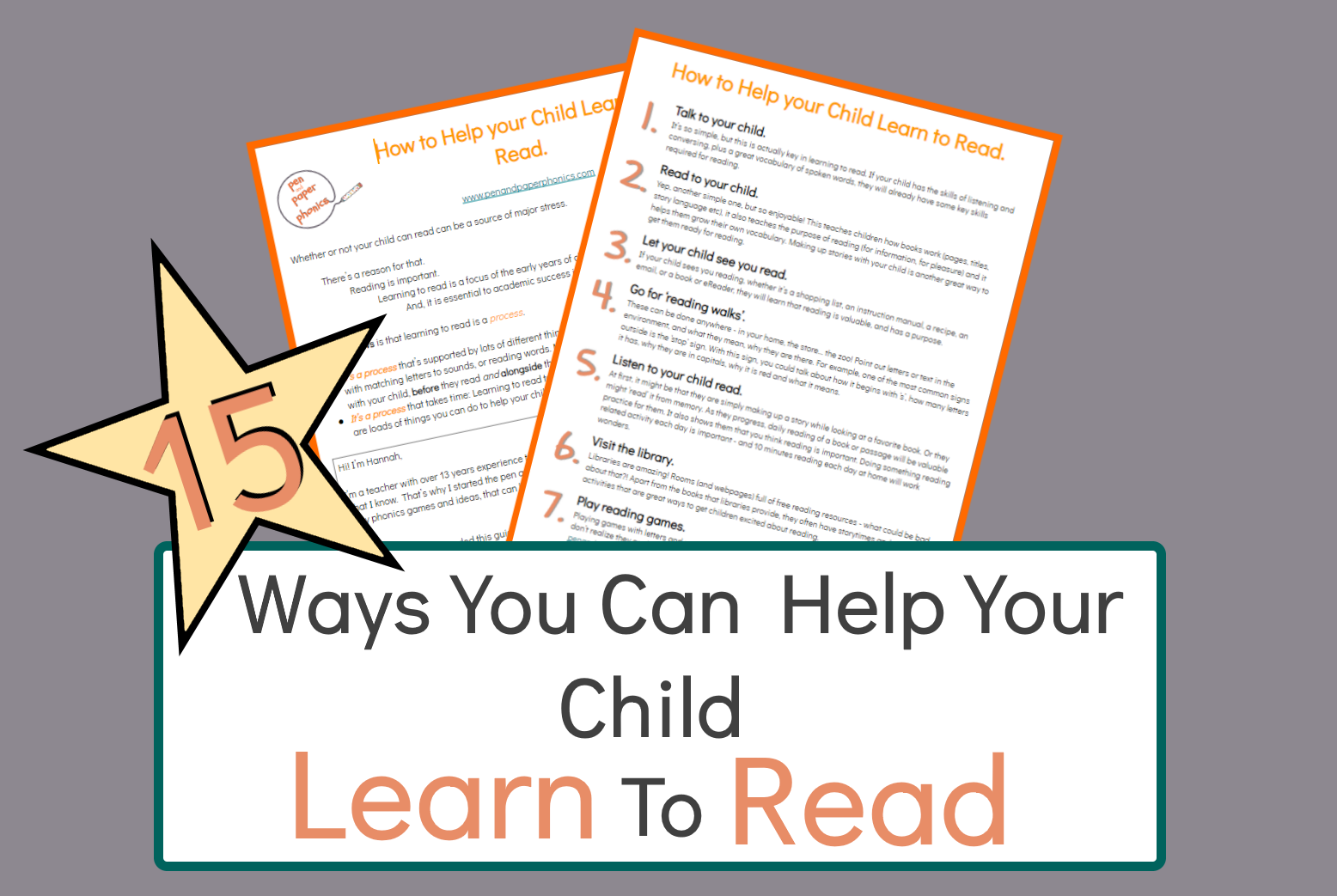
Circle the Letters
The Basic Idea:
- A piece of paper, large or small, and some markers/felt tip pens:
- Write the words or letter sounds that you want to practice on the paper.
- Give each letter sound or word a different colour.
An example:


The content of the game.
In this example, the content I wanted to practice was ‘letter sounds’. These are the letters of the alphabet. They are called letter sounds because we concentrate on the sounds the letters commonly make when they are in words. For example, the sound that ‘c’ makes when it is in ‘cat’.
Learning to associate the sound a letter makes with the letter is called letter-sound correspondence. It is a basic and key skill that children need to learn before they can start to read.
So, when I did this activity with a student, I wanted to practice a few of the letter sounds we had been learning:
- I wrote the sounds I wanted to practice on the paper, using a black marker.
- I wrote them in various sizes and I repeated them many times.
- In the top corner, I wrote all the letters we would practice and circled each one in a different colour. This made a sort of key.
The method of the game.
The method I used to teach the content was a search and find game.
- This is how to do the activity:
- Go through all the sounds you want to practice. Then show the child the paper. Look at the colour each sound needs to be circled in.
- Say a sound and ask them to circle it in the correct colour. See if they can find all the letters that make that sound.
- Repeat with all the letter sounds on the paper.
- Ask your child to say the sound they are finding. This reinforces the letter sound correspondence.
To Note:
Not every game goes to plan! Here are some things to watch out for in this game:
- This activity is meant to be very quick. So don’t worry if it only lasts 5 minutes. It can be played lots of times over a few weeks, to help reinforce the letter sounds.
How to Adapt:
…the content:
1. Similar Letters: For this activity, use letters that are similar, such as p/d/b, or u/n, or i/j. This will help your child really concentrate on the differences in orientation between these letters.
2. What begins with…: In this activity, use pictures of objects, or real objects. Hold the object up and ask your child to circle the sound the object begins with.


3. Two-letter sounds: Instead of using single letters (as in the example), you could use two-letter sounds, or digraphs. These are sounds that are made with two letters, even though they only make one sound. For example, /ch/ in ‘chop’.

4. Consonant clusters: Consonant clusters, also called blends, are two or three consonants grouped (clustered) together. For example ‘flag’, ‘scrap’, ‘went‘. They can often be hard to hear as they are said quite quickly so they merge into one another. To use them in this activity, replace the single letter sounds with common consonant clusters.


5. Actions: Write a list of actions that begin with the sounds you want to practice. Say the action, ask your child to circle the letter it begins with and then perform (or pretend to perform!) the action.


6. Words that Rhyme: An awareness of rhyme is a very important phonic skill, so using sounds to form rhyming words would be a great way to reinforce this. You could ask your child to use the same colour to circle all the words that rhyme.

7. Tricky Words: Tricky words are often characterized by the fact that they cannot be ‘sounded out’. They are irregular words as they do not follow a pattern, for example ‘the’ or ‘said’. So if you used this activity, your child would circle the words as you say them.

8. Upper case, lower case match: Here you could have upper case letters and lower case letters on the paper. Ask your child to circle the upper case and lower case sound in the same colour.

How to Adapt…the method:
- Take it outside: You could use chalk to write the letters outside and have your child bounce a ball on the sounds, or circle the sounds with different colour chalks.
- Hide and seek: You could cut up the paper with the sounds on, and hide them around the room,. Then ask your child to go and find all the /s/ or /m/ sounds.
There you have it. A quick and easy phonics activity with lots of potential to adapt it to suit your needs.
This is how it looked when I did it in ‘real life’!

Previous Activities in Pen and Paper Phonics:


